Machzor with Commentaries and Additions by Widow Levin Epstein and Sons (Rare Warsaw Edition), 1879 📖✡️📜
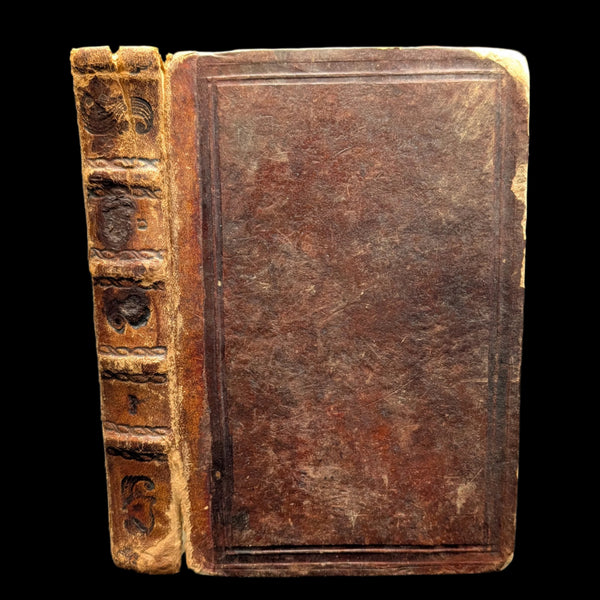
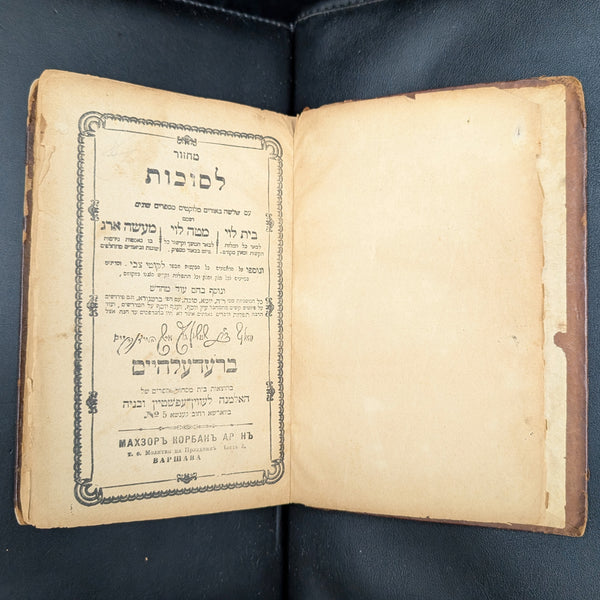
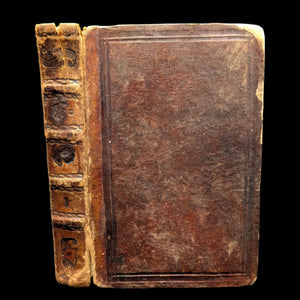
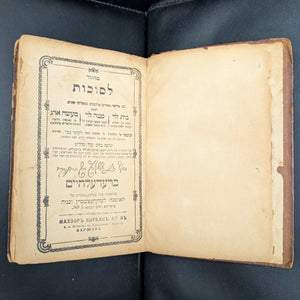
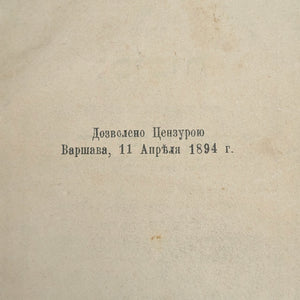
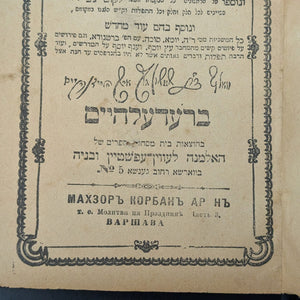
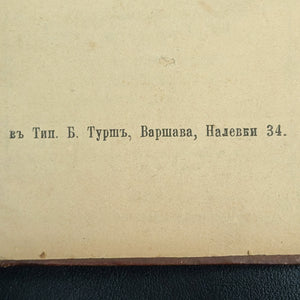
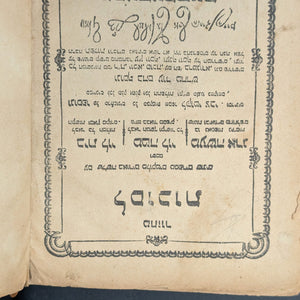
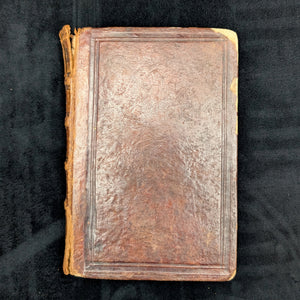
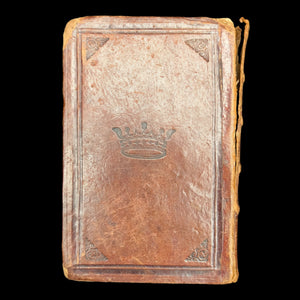
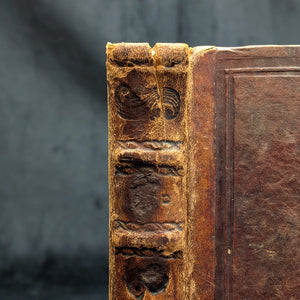
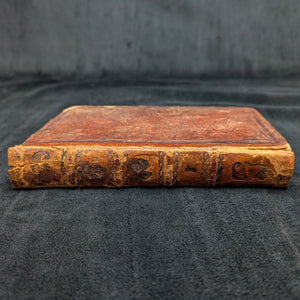
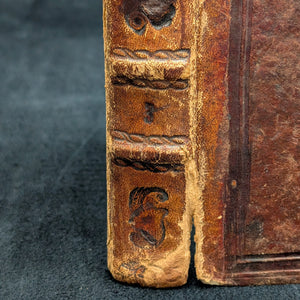
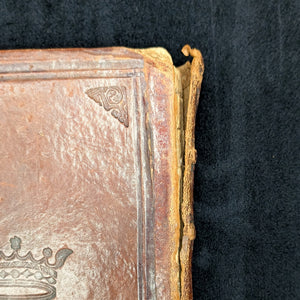
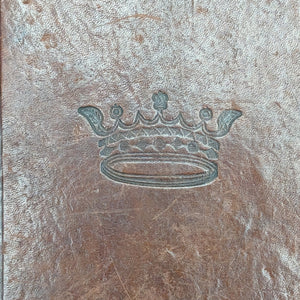
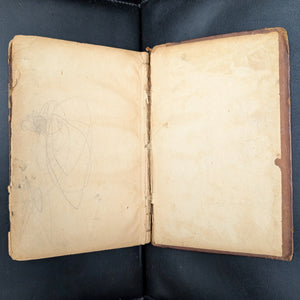
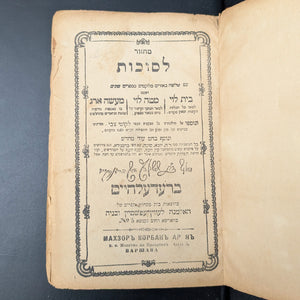
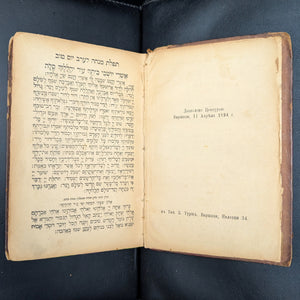
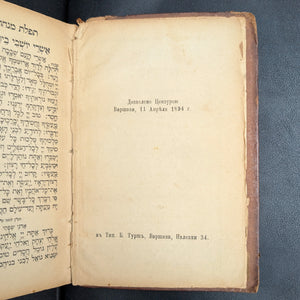
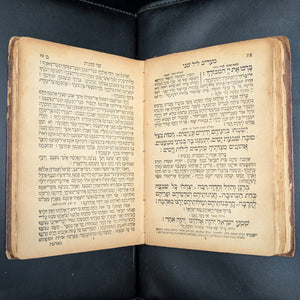
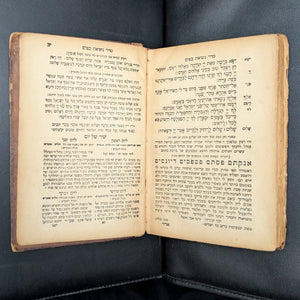
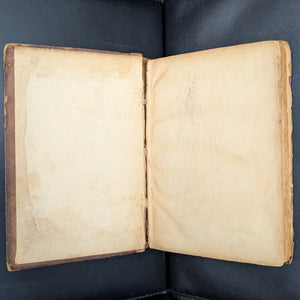
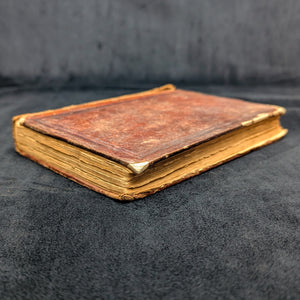
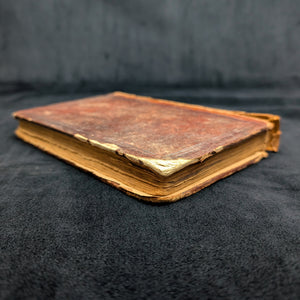
1. Introduction 📜🔍🧐
This is a rare and historically significant 1879 Warsaw edition of the Machzor, the Hebrew prayer book for the High Holy Days of Rosh Hashanah and Yom Kippur.
Published by the prominent Hebrew publishing house of Widow Levin Epstein and Sons, this book is a superb example of the rich intellectual and spiritual life of the Jewish community in late 19th-century Poland under Imperial Russian rule.
The book’s unique value is enhanced by the presence of an official Imperial Russian censorship stamp, a testament to the complex political environment in which it was produced and used.
-
A Cornerstone of Faith: The Machzor, meaning "cycle" in Hebrew, is a specialized form of the siddur containing the prayers and liturgical poems (piyutim) for the High Holy Days. This particular edition, with its extensive commentaries and additions, was a vital tool for deepening the understanding and intention of worshippers during this most solemn period of the Jewish year. It is a tangible link to a community’s enduring faith and traditions.
-
A Historical Artifact: This book is more than a prayer book; it is a historical artifact that embodies the challenges and resilience of Jewish life in Eastern Europe. The book’s very existence, printed in Warsaw with an official censorship stamp, speaks volumes about the political and social conditions of the time. For a collector, this volume is an intellectual asset that offers a powerful and direct connection to a vital period in Jewish history.
2. About the Artwork/Book/Object 📖✍️✨
The Machzor is a comprehensive prayer book designed to guide the reader through the full services of Rosh Hashanah and Yom Kippur. It features the traditional Hebrew text, but its value is elevated by the inclusion of extensive commentaries and liturgical poems that provide a deeper layer of meaning to the prayers. The book’s clear, modern type and organized structure made it accessible and a central part of the synagogue experience for its readers.
-
A Superb Example of Publishing: This Machzor is a superb example of the quality of work produced by the Levin Epstein and Sons publishing house. Their focus on rabbinic commentaries and Talmudic literature made them a respected name in Hebrew printing. This edition, with its detailed additions and commentaries, demonstrates the publisher’s commitment to providing a rich and intellectual resource for the Jewish community.
-
The Machzor Tradition: The tradition of the Machzor dates back centuries, with different editions reflecting the specific rites (Nusach) of various Jewish communities. This edition follows the Ashkenazi rite, a tradition with a long and rich history in Eastern Europe.
3. About the Artist/Author/Maker ✍️🏛️
This book was published by Widow Levin Epstein and Sons, a respected Hebrew publishing house in Warsaw. The firm was founded by Elihu Zeev Halevi Levin-Epstein in 1880, and was eventually taken over by his sons.
This book, though dated 1879, is an early and important product of this family's legacy. Elihu Levin-Epstein was not only a dedicated publisher but also a committed Zionist who published articles on the importance of returning to the Land of Israel, adding a layer of political and cultural significance to his work.
-
A Family Legacy: The practice of a widow continuing her husband's printing business was not uncommon in this period, and the naming of the firm as "Widow Levin Epstein and Sons" speaks to the family's continuity and business acumen. The Epstein family’s commitment to publishing essential rabbinic and liturgical texts ensured their legacy as a key part of Jewish intellectual life in Eastern Europe for decades.
-
A Bridge Between Worlds: The publishing house served as a bridge between the traditional world of religious texts and the changing world of modern printing. Their ability to produce a high-quality Machzor for the community in Warsaw, while also navigating the complexities of Imperial Russian censorship, shows their skill and importance as a cultural institution. This book is a physical embodiment of their role in preserving Jewish heritage during a turbulent era.
4. Historical/Political Era Context 🌍🕰️📜
This book was published in 1879 in Warsaw, which was under the control of the Russian Empire.
The presence of the Imperial Russian censorship stamp, dated April 11, 1894, is a powerful historical marker. It is a stark reminder of the political reality for Jews living in the Russian Empire, where every book published had to be approved by the authorities to ensure it did not contain any seditious or anti-government content.
-
Life Under Tsarist Rule: The censorship stamp is a direct link to the political climate of the time. It shows that even a religious text like a Machzor was subject to state control. The Jewish community of Warsaw, known for its intellectual and spiritual vitality, lived under constant scrutiny, and the act of publishing and using such a book was both an act of faith and an act of cultural preservation.
-
A Changing World: The book's publication came at a time of immense social and political change for European Jewry. It was the era of the Jewish Enlightenment (Haskalah), a time when Jews were questioning traditional beliefs and seeking to integrate into wider European culture. This book, with its rich commentaries and additions, shows a community that was balancing traditional religious practice with a desire for deeper intellectual understanding.
5. The Ideal Collector 💡🧐🏛️
This book is a curated holding for a specific type of collector who values not just rarity, but also the rich historical and cultural narrative behind a book.
The ideal purchaser is a scholar of Jewish history, a historian of the Russian Empire, or a private collector building a focused collection of 19th-century religious or censored texts. This book would serve as a centerpiece in a collection of Judaica or Eastern European history.
-
An Expert Audience: The ideal owner would be someone who understands the significance of Hebrew printing in Warsaw and the historical context of a censorship stamp from Imperial Russia. This book speaks directly to a buyer who is a historian at heart, someone who understands the profound story behind an object and its place in a timeline of political and social change.
-
A Focus on the Unique: This book appeals to a collector who recognizes the singular nature of a work that survived a period of censorship and political upheaval. The book's authenticity, its ties to a prominent publishing family, and the presence of the censorship stamp make it a one-of-a-kind piece. This book is for someone who sees an artifact as a direct link to a past that would otherwise be lost to history.
6. Value & Rarity 💎✨🏛️
As a rare 1879 Warsaw edition of the Machzor with a specific history, this book is a unique and non-replicable asset. The value is derived from its market scarcity and its documented history as a product of a prominent Jewish publishing family operating under Imperial Russian rule. The presence of the official censorship stamp adds a layer of cultural and historical importance that significantly enhances its value.
-
A Strategic Investment: From a curatorial and financial perspective, this book’s worth is focused on its rarity and unique history, placing it in a category of holdings typically found in institutional collections. A strategic investor recognizes that the opportunity to acquire a complete copy of this publication, with all its unique markings, is a singular event.
-
Condition and Market: The book’s well-preserved state for its age further justifies its premium price. This is a price a book dealer would set for a premium asset, accounting for the unique value added by its traceable history, its connection to a major historical period, and its intellectual importance.
7. Condition 🔎📚✨
The book is in a good state for its age and appears to be original and solid. As expected for a book over 140 years old, it shows wear and rubbing consistent with its age.
-
Transparent Report: A detailed, in-hand condition report is not available for this listing. However, based on the images, the book's binding is in a good state for its age and appears to be original and solid. As expected for a book over 140 years old, it shows wear and rubbing consistent with its age.
-
A Note on the Physical Book: The pages exhibit the natural process of toning and some foxing, which is normal for paper from this period. The overall condition, while not pristine, reflects a book that has been cared for and cherished, with its structural integrity remaining solid.
8. Translation of Inscriptions/Ephemera (Conditional) ✍️📜🔤
The book contains an official Imperial Russian censorship stamp with a Cyrillic inscription. This stamp is a key part of its documented history.
-
The Inscription:
-
Дозволено Цензурою Варшава, 11 Апрѣля 1894 г. Translation: Permitted by Censorship Warsaw, 11 April 1894.
-
9. Fun Facts & Unique Features 🤓📜🤩
The term Machzor is a Hebrew word that means "cycle" and is named as such because the prayer book contains the full cycle of prayers for the High Holy Days and other festivals. This distinguishes it from the siddur, which contains prayers for the ordinary days of the year. This particular edition's inclusion of detailed commentaries and piyutim reflects a rich tradition of intellectual engagement with the prayers.
-
The Censorship Stamp: The censorship stamp is a unique and fascinating feature. While most book censors would be seen as a negative, this stamp is a testament to the book’s legal and documented history. It tells a story of the publisher successfully navigating the political landscape to ensure their community had access to a vital religious text.
-
The Epstein Family: The Epstein family’s influence extended beyond publishing. The founder, Elihu Levin-Epstein, was a committed Zionist who immigrated to Israel and became one of the founders of the city of Rehovot. This connection adds a layer of historical importance that links this book directly to the early days of modern Israel.
10. Supporting Information 🏷️📦💰
-
Title: Machzor with Commentaries and Additions
-
Author/Maker: Widow Levin Epstein and Sons
-
Year: 1879
-
Publisher/Foundry: Widow Levin Epstein and Sons
-
Place of Origin: Warsaw, Russian Empire (now Poland)
-
Format/Binding: Hardcover
-
Edition: Rare Warsaw Edition
-
Rarity: Extremely Rare

